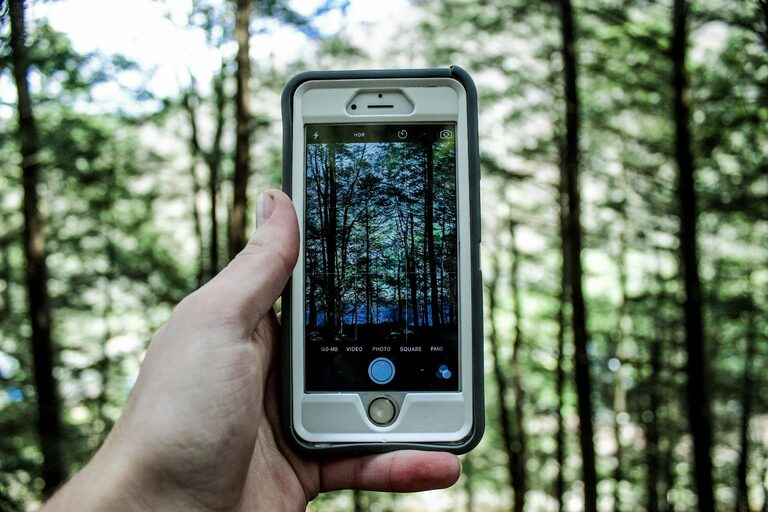Taking great photos with your phone doesn’t have to be complicated. With advances in smartphone camera technology, almost anyone can capture beautiful images. However, knowing a few basic techniques can dramatically improve the quality of your pictures. Whether you’re snapping photos for social media or preserving memories, these beginner tips will help you take better phone photos effortlessly.
Understand Your Phone’s Camera Features
Before diving into shooting, spend a few minutes exploring your phone’s camera app. Modern smartphones come with multiple features designed to enhance your photos.
Common Features to Explore:
– HDR (High Dynamic Range): Balances light and dark areas for more detail.
– Grid Lines: Helps with composition by dividing your screen into thirds.
– Focus and Exposure Controls: Allows you to adjust sharpness and brightness manually.
– Multiple Lenses: If available, try the wide-angle, telephoto, or macro lenses for different perspectives.
Familiarity with these tools will give you more control over your shots.
Master Basic Composition Techniques
Good composition is the foundation of a great photo. Here are a few rules and ideas to keep in mind:
Rule of Thirds
Activate the grid lines on your camera app. Positioning your subject along these lines or at their intersections creates balanced, visually appealing photos.
Simplify Your Background
Look for uncluttered backgrounds to make your subject stand out. Busy or distracting backgrounds can take attention away from the main focus.
Use Leading Lines
Lead the viewer’s eye into the photo by using natural lines, such as roads, fences, or bridges. This technique adds depth and interest.
Experiment with Angles
Don’t just shoot at eye level. Try different perspectives by getting low, shooting from above, or tilting your phone to add uniqueness to your photos.
Optimize Lighting for Clear Photos
Lighting is one of the most important aspects of photography. Here’s how to make light work for you:
Shoot in Natural Light
Whenever possible, use natural daylight, as it offers the best clarity and color accuracy. Early morning and late afternoon (golden hour) deliver soft, warm light.
Avoid Harsh Midday Sun
Bright noon sun can cause harsh shadows and overexposed highlights. If shooting in the middle of the day, find shaded areas or use indirect light.
Use Front-Facing Light
For portraits, face your subject toward a light source. This helps illuminate their features and creates a pleasing effect.
Avoid Using Digital Zoom
Zooming with your phone can reduce image quality. Instead, physically move closer to your subject when possible.
Keep Your Lens Clean
A simple, often overlooked tip: clean your phone camera lens regularly. Dust, fingerprints, and smudges can cause foggy, blurry pictures.
Use a soft, lint-free cloth (like a microfiber cloth) to gently wipe the lens before taking photos.
Use Focus and Exposure Adjustments
Tap your phone screen to select the main subject and lock focus. Most smartphones will also let you adjust brightness by sliding your finger up or down near the focus box. Experimenting with these controls can make your photo look sharp and properly lit.
Experiment with Photo Modes and Settings
Your phone’s camera may have special modes:
– Portrait Mode: Blurs the background for professional-looking portraits.
– Panorama: Captures wide landscape scenes.
– Night Mode: Improves low-light photos by slowing shutter speed.
– Pro Mode: Offers manual control of settings like ISO and shutter speed.
Try these modes in different situations to see what works best.
Edit Photos for a Polished Look
Post-processing can enhance your images without losing their natural feel. Many free and easy apps like Snapseed, VSCO, or the built-in editing tools on your phone let you:
– Adjust brightness, contrast, and saturation.
– Crop or straighten the image.
– Apply presets or filters subtly.
Editing is about refinement, so aim to enhance, not overpower your photos.
Practice Patience and Take Multiple Shots
Don’t settle for the first photo you take. Try different angles, lighting, or compositions. Taking several shots increases your chances of capturing the perfect image.
Back Up Your Photos Regularly
It’s a good habit to back up your photos to cloud storage or your computer. This way, you won’t lose your memories if your phone is lost or damaged.
—
Taking better phone photos is about understanding your device, applying some simple techniques, and practicing regularly. Focus on composition, lighting, and steady hands. Over time, you’ll see your photos improve, allowing you to capture moments creatively and beautifully. So next time you pick up your phone, experiment and have fun with photography!

